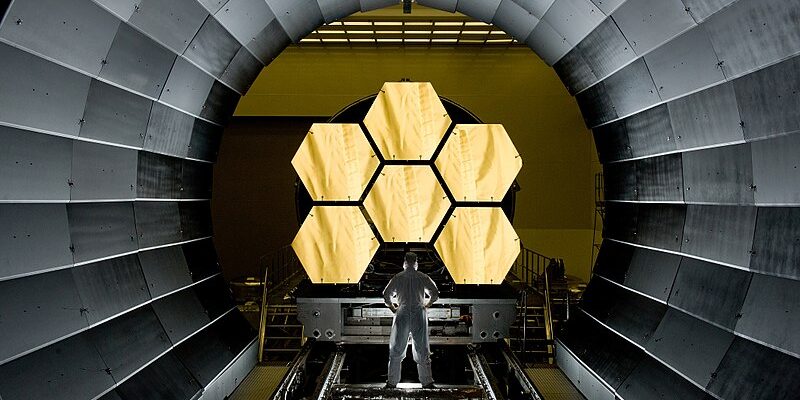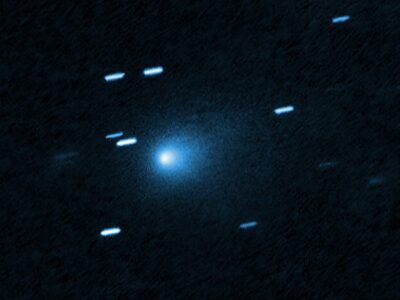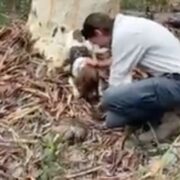
The Webb telescope has been taking everyone’s breath away, but for astronomers and physicists, it’s completely changing how they think about the universe.
Last fall, we talked about the incredible photos the new telescope was taking of Neptune.
Now, The Daily Caller writes that an international team of scientists looking at images taken near the Big Dipper found six potential galaxies that are thought to have been formed 500 to 700 million years after the Big Bang, according to a study published in Nature. By the team’s calculation, the galaxies could contain as many stars as the Milky Way, and theoretically should not exist when held under our current, limited understanding of cosmological theory.
“We had specific expectations for the type of galaxies that live in the early universe: they are young and small,” one of the study authors Joel Leja told Space. “Previous studies of the early universe with Hubble and other instruments tend to find small, blue, baby galaxies at early times: objects which have just recently formed out of the primordial cosmic soup and are themselves building their early stars and structures.”
Younger, newer stars are typically a bright blue color, and start to turn red as they grow older, Space noted. This is a theory called redshift. In the ancient galaxies Webb was designed to investigate, astronomers did not anticipate seeing any red stars, nor galaxies with upwards of a billion stars. Their results found something quite different.
“The most massive galaxies in our sample are estimated to have masses [two to four times lower] than that of our own Milky Way,” Leja continued in his comments to Space. “This was astounding — we’re finding galaxy candidates as massive as our own galaxy when the universe was 3% of its current age.”
Feel like you’re spiraling? You’re in good company!
Webb’s images of NGC 1365 (left), NGC 7496 (top) & NGC 1433 (bottom) reveal the galaxies' networks of gas and dust in incredible detail. The data is part of an ongoing Webb survey of 19 spiral galaxies: https://t.co/vWhaq7ciFs pic.twitter.com/9s1ETNKf44
— NASA Webb Telescope (@NASAWebb) February 16, 2023
Space said that in “only a little more than six months after the Webb team released the first observations from the grand observatory, scientists are already challenged to rewrite their theories about the early universe.
‘We looked into the very early universe for the first time and had no idea what we were going to find,’ Leja said in a Penn University statement.(opens in new tab) ‘It turns out we found something so unexpected it actually creates problems for science. It calls the whole picture of early galaxy formation into question.'”
Imagine what we’re going to learn over the next six months!










Rewrite the astronomy textbooks alone
Or Physics too